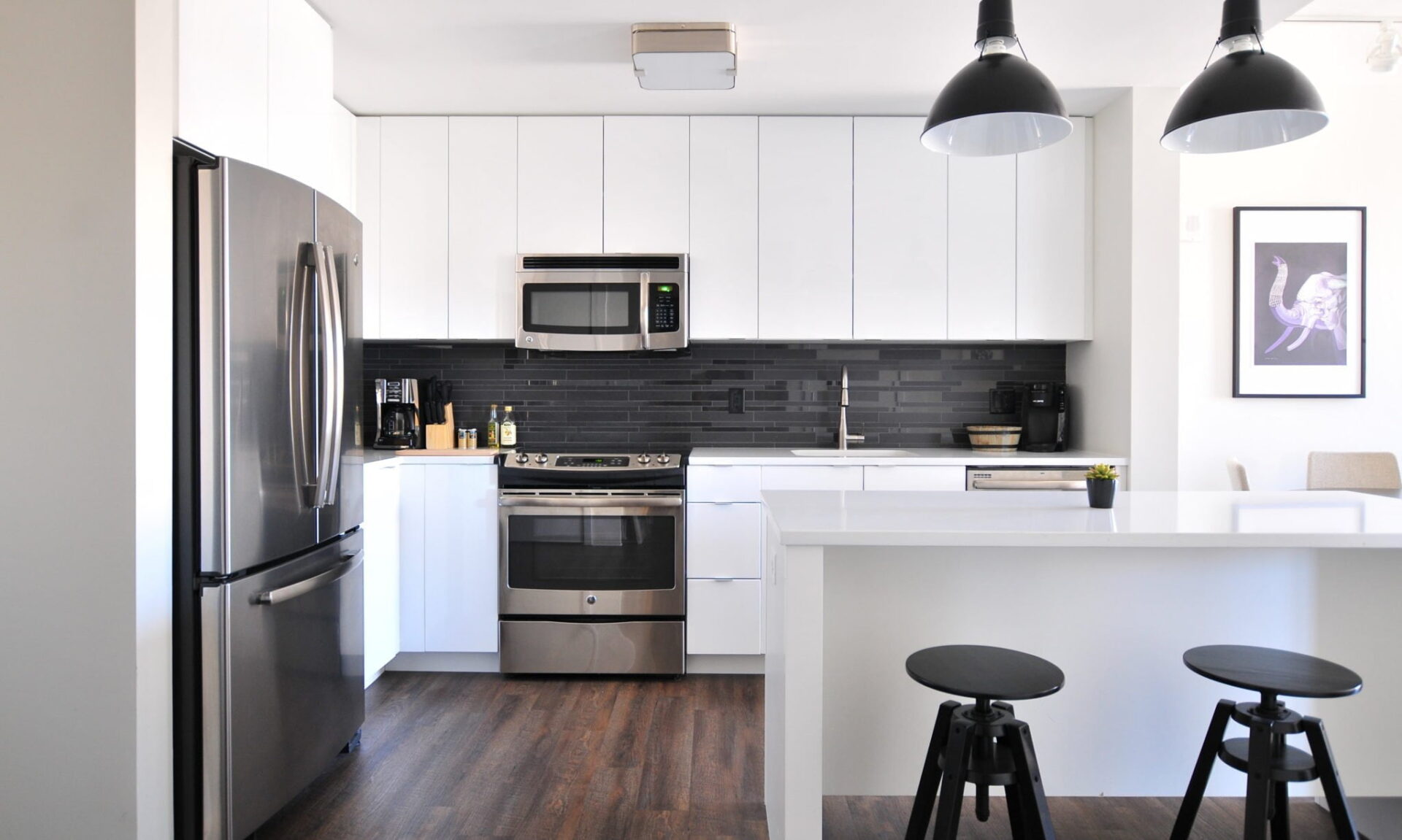09.21.20
Measuring Multifamily Investing Success Is Like Baking A Cake

Multifamily Investing Success
There are many ways to bake a cake. Not only are there countless types of cakes you can make, from a simple pound cake to bourbon peach cake, but there is an endless variety of ingredients for each individual recipe which ultimately determines how the cake tastes. Similarly, there are many kinds of multifamily investments as determined by the size, location and physical condition (what kind of cake), then numerous market-specific factors, such as demographics, rent growth, employment, etc. (the available ingredients). Your investment strategy should adjust depending on the kind of property that attracts you (which type of cake you want) and the components that factor into the possibility of success of the investment in the specific market (the ingredients available).
No matter which recipe or ingredients you use, what ultimately matters is how the finished cake tastes. Measuring the success of baking a cake is pretty simple — it either tastes good or it doesn’t. How your “investment cake” ultimately tastes (is the investment a good one or not?) is a bit more difficult to determine.
For instance, which metrics should you use to measure success? The industry standard for measuring investment success is the capitalization rate (cap rate), but I don’t think that really tells you how your cake tastes. My two favorite tasting tests for an investment are cash-on-cash return and internal rate of return (IRR).
Cap Rate Doesn’t Tell You If It Tastes Good
To derive a property’s cap rate, calculate the total revenue of the property, deduct from it the total expense, arrive at a net operating income (NOI) and use this as the numerator compared to the denominator of the investment’s value (price). The resulting ratio is considered the cap rate of the investment. I don’t like cap rate for two reasons: NOI (thus cap rate) is subjective, and cap rate doesn’t take leverage into consideration.
How is NOI subjective? All multifamily operations have hard costs, meaning expenses that will be the same no matter who is investing. These are things like taxes, insurance and utilities. Then there are the soft costs — things like management, labor, turning a unit when a tenant moves out, repairs and maintenance, leasing, attorney expenses, etc. These are “soft” because they vary from investor to investor. What if the investor is an attorney who does the legal work without charging? Each variation results in a different calculation of soft costs and a different NOI, making it subjective.
If you are getting a loan, nothing in a cap rate shows you the return on your investment by nature of the calculation itself (NOI/Value). Cap rates assume you are paying cash for the property, and very few of us ever do that.
Cash-On-Cash Return Tells You If Your Cake Tastes Good
Quick review of cash-on-cash: How much actual cash do you have after you have collected all the rent, paid all your operating expenses and paid your mortgage? Take that as the numerator and the actual cash you used to buy the apartment building as your denominator. The resulting ratio is your cash-on-cash return. In simpler terms: How much cash did you pay at closing and how much ended up in your pocket (before income taxes) at the end of the year?
Cash-on-cash return not only shows you how your money is working for you (relative to the return you could get on that cash somewhere else), but it also measures your leverage, meaning the cost of your loan. Small changes in interest rate, amortization, interest-only versus amortizing payments, etc., all have a dramatic effect on your monthly mortgage payment. Cash-on-cash incorporates your loan payments into the equation and helps you understand the benefit of leveraging someone else’s money (the bank) in your investment.
IRR Is Also A Taste-Tester
IRR is more complex than cash-on-cash because it considers a hold period and the entire ownership of an investment versus a one-year measure. IRR is intended to look at all the inflow and all the outflow over the life of the investment.
Inflow includes all the cash you put into the building to buy it, meaning all the expenses associated with the purchase (closing costs, attorney expenses, escrow fees, bank points, etc.), and any other cash relative to the acquisition of the property. Outflow means all the operating expenses, mortgage payments, etc., associated with owning the property.
An IRR analysis goes further to look at annual income tax, depreciation, principal reduction of the loan, etc., for each year of ownership, then considers the ultimate inflow: the sale of the property and your net proceeds after paying off the mortgage and other expenses of a sale. IRR makes several assumptions such as rent growth, expense growth, tax brackets and, yes, that ultimately horrid taste indicator cap rate to see what the effect for the individual investor would look like upon sale. The calculation is completed by taking the total outcome of all these calculations and dividing it by the number of years you owned the property before the sale, resulting in an IRR.
IRR is especially good if you’re buying a value-add property because the cost of renovation is added to the inflow of capital at the beginning of the acquisition. You can also forecast vacancy for the renovation time frame and rents that will be achieved after you’ve done the work.
Thinking about your investment like a cake and carefully choosing how you will determine whether or not it tastes good is a helpful metaphor for me. Cash-on-cash and IRR are my favorite taste tests, but these are only two of many more ways to measure an investment. My advice is to avoid using a cap rate to measure the success of the investment. After you have decided which cake you want to bake, I hope this advice helps you decide whether or not it tastes good. Here’s hoping you have the most delicious “investment cake” ever.
